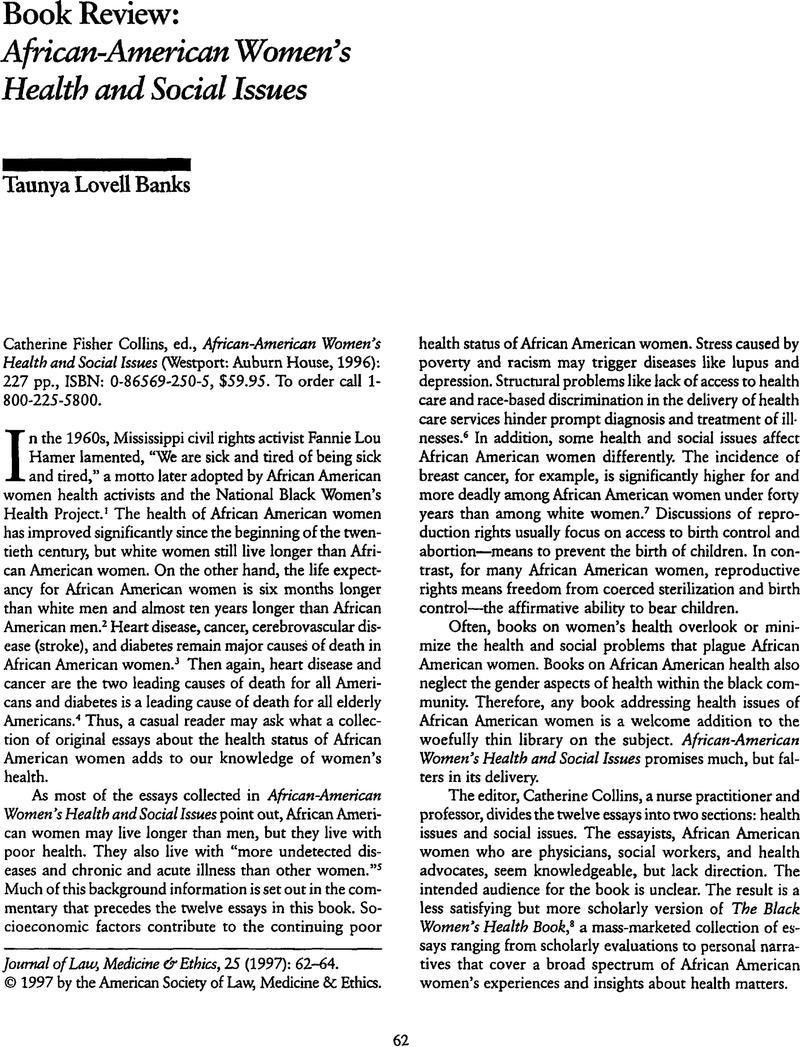Barbara Nevergold concedes that most studies comparing transracial and intraracial adoptions find little difference in adjustment, but she argues that African American children adopted by white couples are more acculturated (less likely to identify with African American culture) than children adopted intraracially. She concludes that the “best interest of the child” standard as currently defined discounts the importance of providing African American children with race-related survival skills and cultural knowledge when making adoption decisions. For a legal discussion adopting this perspective, see
Perry, T.L.,
“The Transracial Adoption Controversy. An Analysis of Discourse and Subordination,” New York University Review of Law & Social Change,
21 (
1993):
33–
108;
cf.,
Bartholet, E., “Where Do Black Children Belong? The Politics of Race Matching in Adoption,”
University of Pennsylvania Law Review, 139 (1991): 1163–256.
Google Scholar